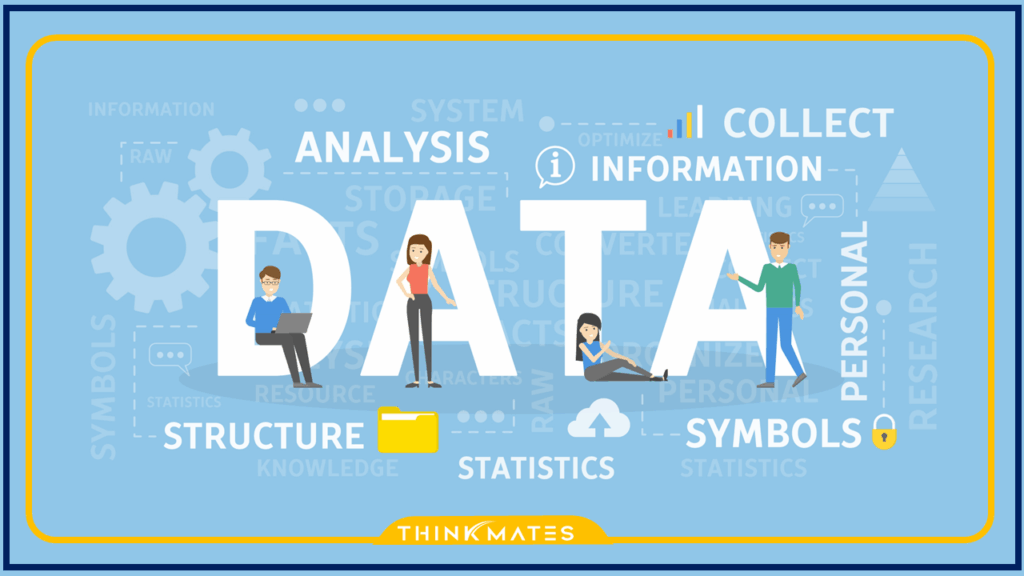Introduction:
Data science is one of the most searched careers today, bringing great opportunities in analysis, artificial intelligence, and automatic learning. However, many beginners make important mistakes that slow down their processes or even lead to disappointment. If you just need to start, avoid the current five traps and prepare for success!
Mistake #1: Jumping Straight into Complex Algorithms
What Happens?
many beginners want to study deep, neural networks or automatic algorithms without a solid basis in statistics, mathematics, and programming.
How to Avoid?
Start with the basics! Build a strong foundation in:
Data Handling (Pandas, NumPy)Without Understanding the Basics
Mathematics (Linear Algebra, Probability, and Statistics)
Programming (Python, SQL, R)
Mistake #2: Not Practicing Enough with Real Datasets
What Happens?
Many students neglect to apply their knowledge to real-world datasets because they place too much emphasis on theoretical ideas.
How to Avoid?
- Work using open-source datasets found on Google Dataset Search, Kaggle, or the UCI Machine Learning Repository.
- Take part in real-world initiatives and hackathons.
- Begin examining information from your everyday life, such as spending patterns, athletic performance, or stock market patterns.

Mistake #3: Ignoring Data Cleaning and Preprocessing
What Happens?
Missing numbers, duplication, and inconsistencies abound in raw data. Without adequately cleaning and preparing the data, novices frequently go right into model creation.
How to Avoid?
- Learn how to handle missing values, outliers, and feature scaling in data preparation.
- Use advanced data-wrangling tools such as Pandas, NumPy, and Scikit-learn.
- Before making assumptions, comprehend the significance of exploratory data analysis, or EDA.
Mistake #4: Overfitting the Model
What Happens?
Models created by novices frequently perform admirably on training data but horribly on fresh data. When the model memorizes rather than learns patterns, this is known as overfitting.
How to Avoid?
- Divide your dataset into sets for testing, validation, and training.
- To evaluate the performance of the model, use cross-validation.
- Use regularisation methods such as Ridge regression and Lasso regression.
- It is important to concentrate on generalization rather than merely great precision.
Mistake #5: Learning Too Many Tools Without Mastering One
What Happens?
Novices frequently attempt to learn everything at once and become overwhelmed by the abundance of technologies available (such as Python, R, SQL, Power BI, Tableau, TensorFlow, PyTorch, etc.).
How to Avoid?
- Choose a programming language to begin with (Python is the most recommended).
- Acquire knowledge of one visualisation tool, like as Power BI, Seaborn, or Matplotlib.
- For database administration, comprehend SQL.
- Gradually broaden your skill set when you feel at ease.
Conclusion:
Avoiding these five mistakes will accelerate your Data Science journey and make you job-ready faster. The key is to build strong fundamentals, work on real-world projects, and practice consistently.


